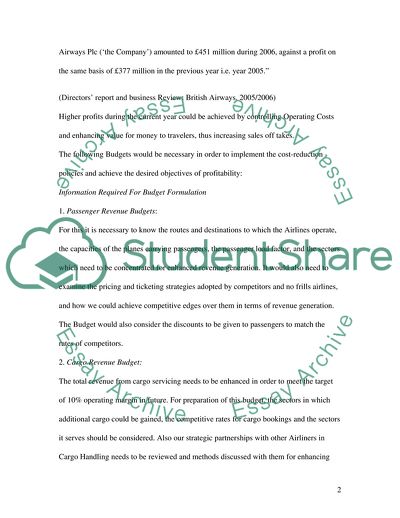Cite this document
(British Airways Finance Case Study Example | Topics and Well Written Essays - 2834 words, n.d.)
British Airways Finance Case Study Example | Topics and Well Written Essays - 2834 words. Retrieved from https://studentshare.org/finance-accounting/1707749-financial-management-report
British Airways Finance Case Study Example | Topics and Well Written Essays - 2834 words. Retrieved from https://studentshare.org/finance-accounting/1707749-financial-management-report
(British Airways Finance Case Study Example | Topics and Well Written Essays - 2834 Words)
British Airways Finance Case Study Example | Topics and Well Written Essays - 2834 Words. https://studentshare.org/finance-accounting/1707749-financial-management-report.
British Airways Finance Case Study Example | Topics and Well Written Essays - 2834 Words. https://studentshare.org/finance-accounting/1707749-financial-management-report.
“British Airways Finance Case Study Example | Topics and Well Written Essays - 2834 Words”, n.d. https://studentshare.org/finance-accounting/1707749-financial-management-report.


